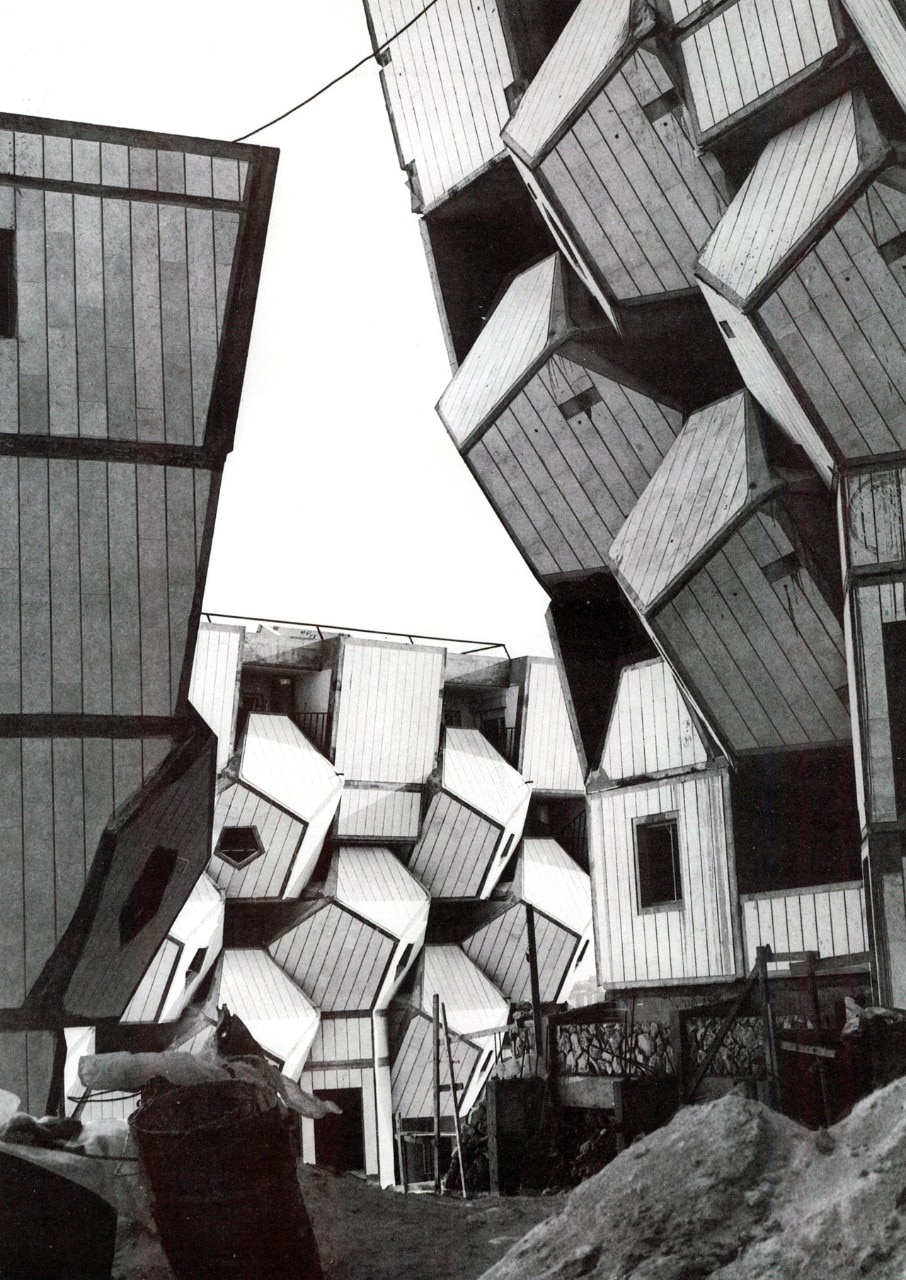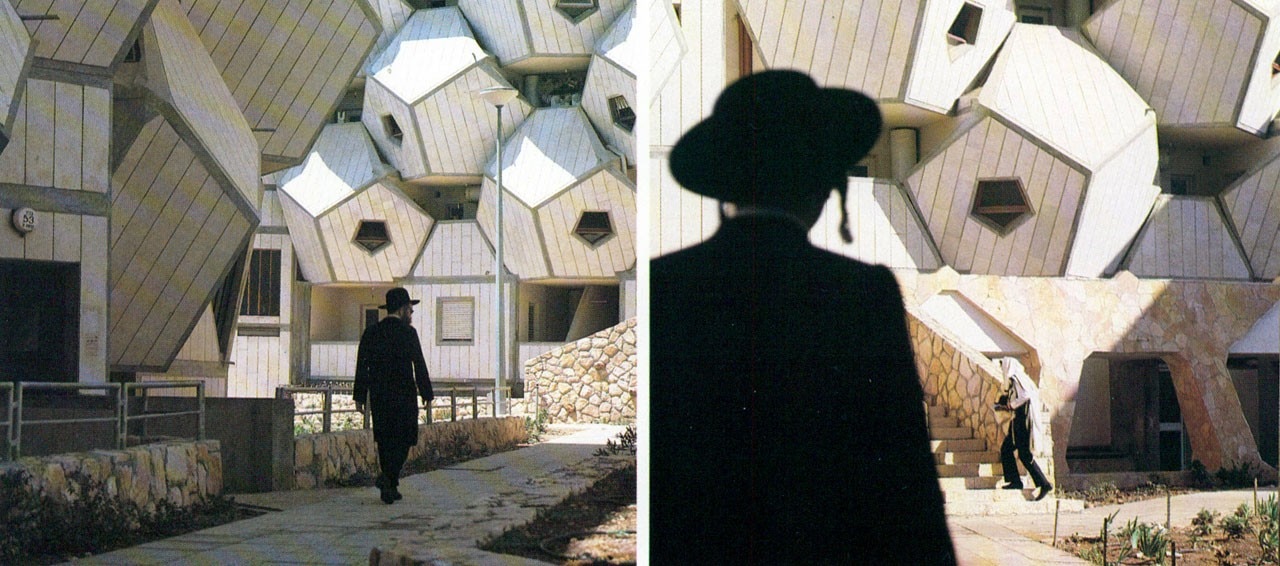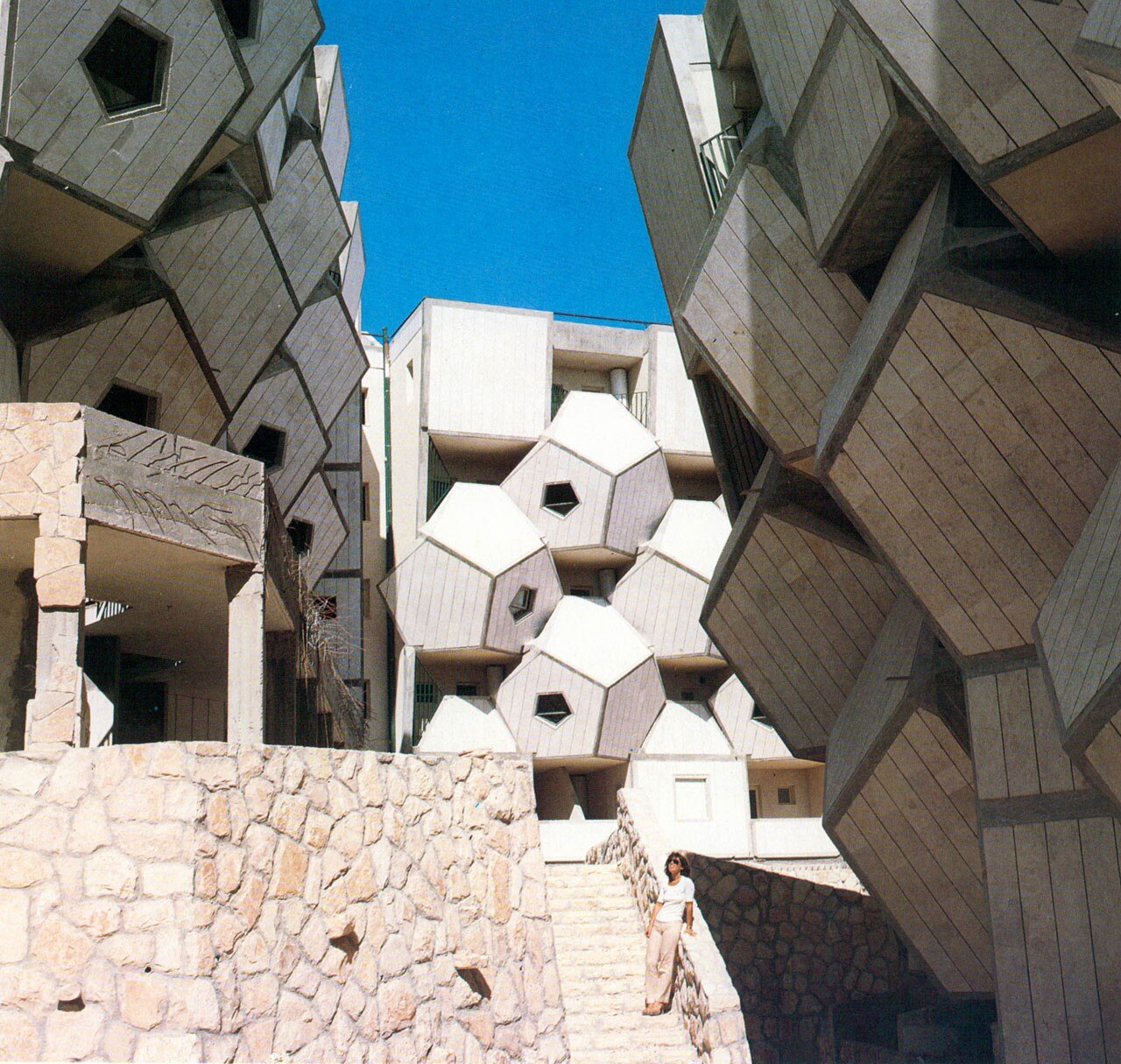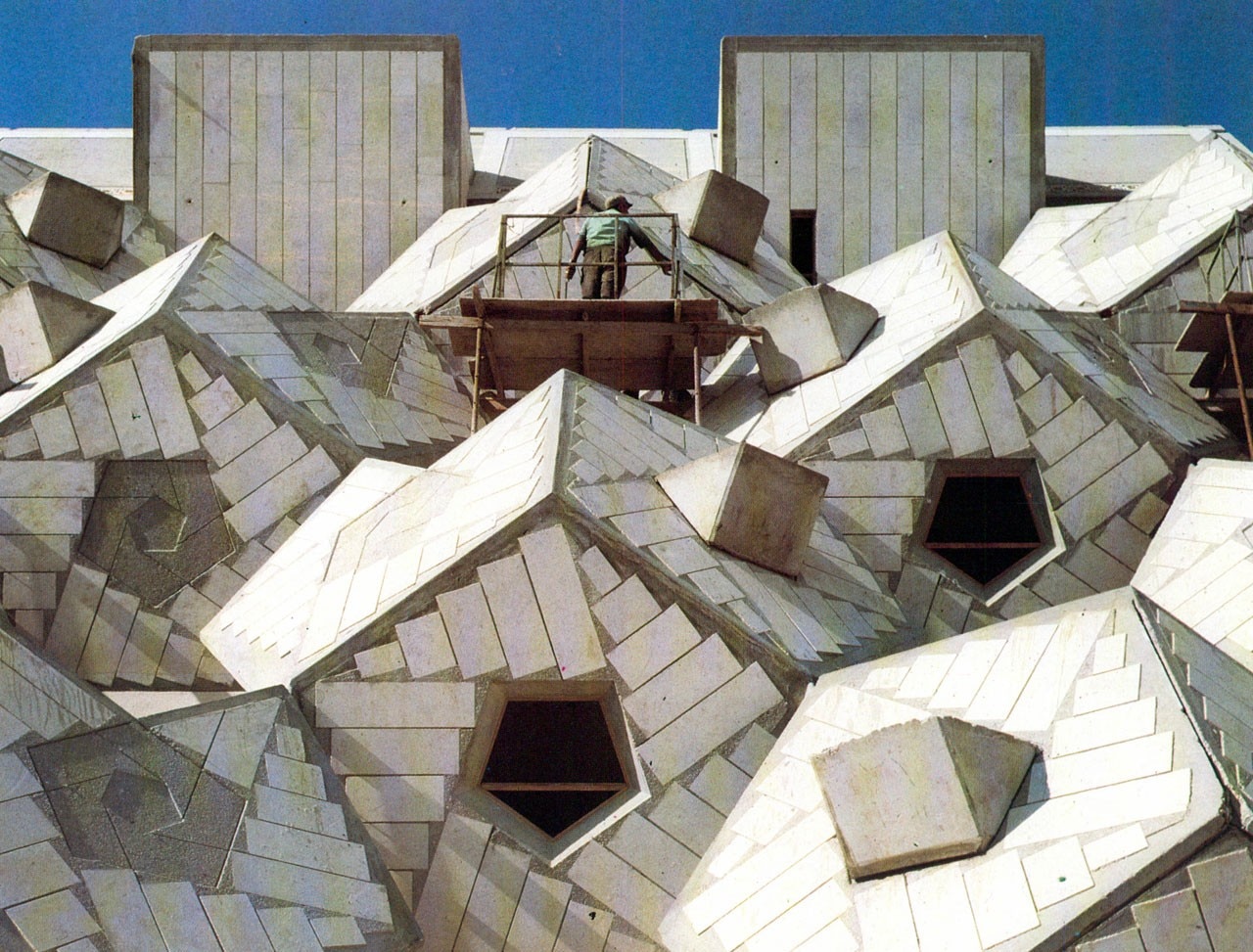This article was originally published in Domus 657 / January 1985
In this latest work by Zvi Hecker we see the same interest in morphology and space as is to be seen in his very first projects some twenty years ago. His area of activity has remained the same, too: the shores of the Mediterranean, the hills of Judaea and Samaria, Haifa, Tel Aviv, the Negev Desert, and, now, the rocky hill of Jerusalem. The polygonal stone blocks of the walls of Jerusalem, the geometrical flowers of desert cacti, the complexities of Arab geometrical designs: these all form part of the physical and mental background against which we must view the Ramot Housing complex, with its closely-packed volumes and dodecahedric faceting. The plan of the complex seems to be inspired by the five veins of a leaf, or the five fingers of a hand.
Hecker himself says that the final shape of the project derives from the structural arrangement of sunflower seeds, even though this helical design has not been carried through to the built stage. Nevertheless this history of the design's evolution is still of interest, revealing as it does interesting aspects of Zvi Hecker's approach and outlook.
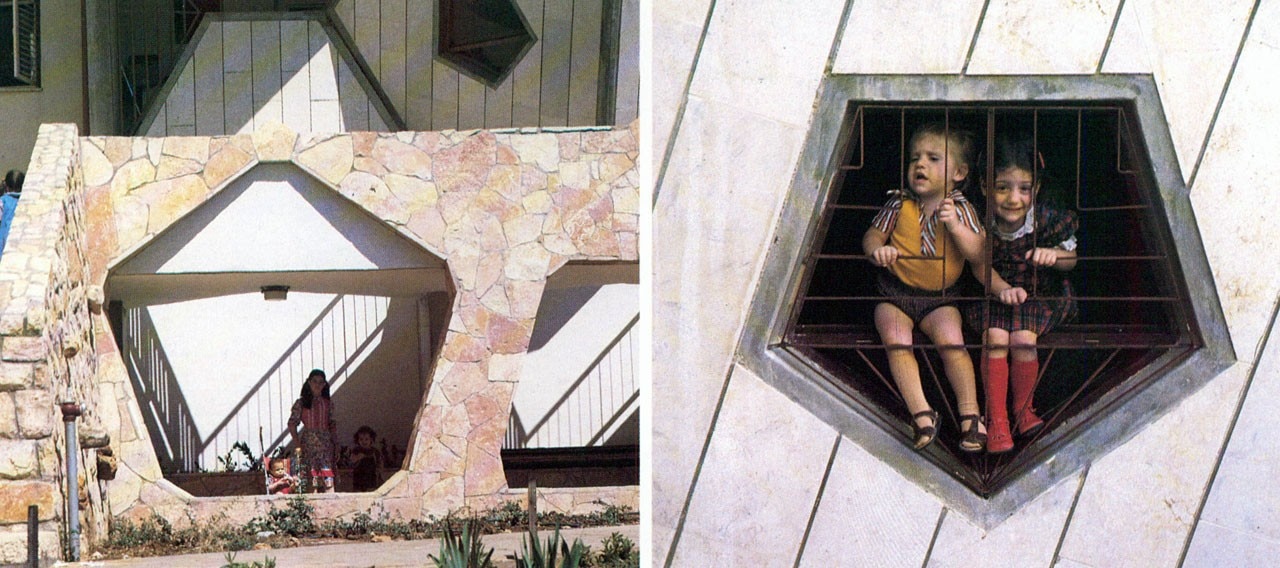
Hecker has an ecological outlook: man and nature to him are parts of a single system rather than polar opposites
